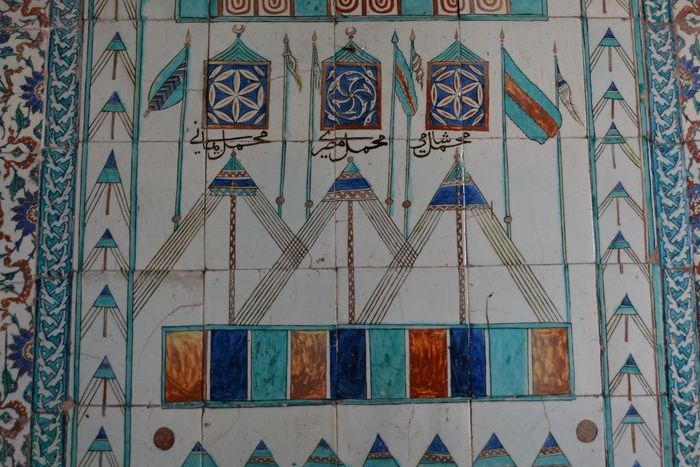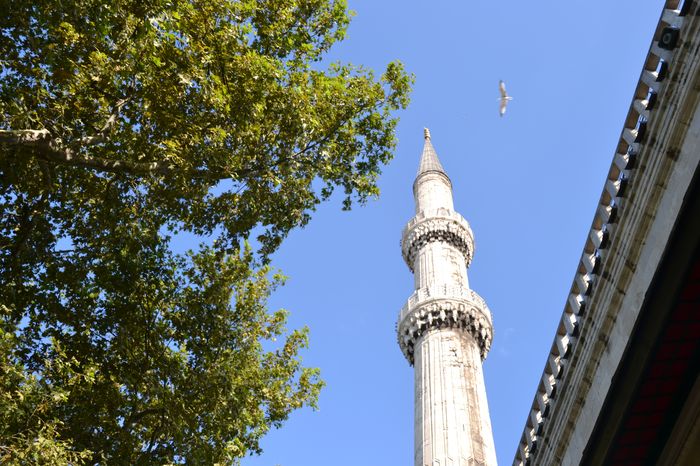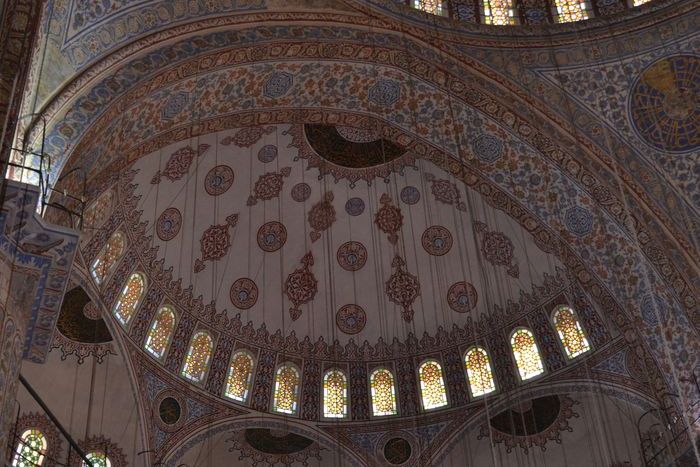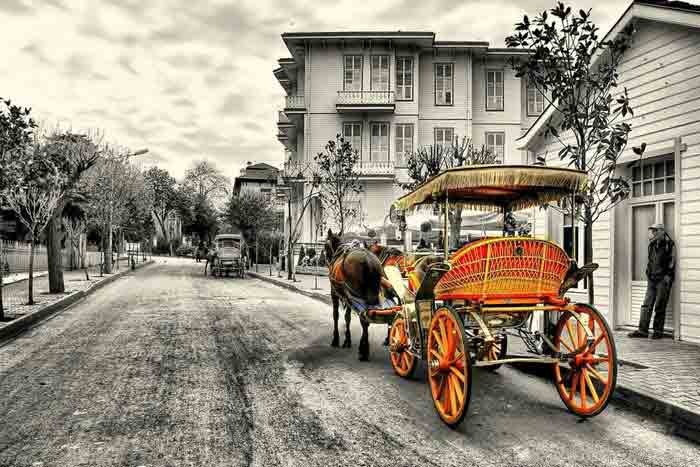What Theodosius left behind, more important than his sons, was a religious landscape denuded of the familiar and the emergence, by encouragement and by default, of an empire-wide leadership class of Christian bishops and their wealthy supporters and associates. This was an empire with traditional religion forbidden and Christianity allowed to run amok, but it was not a Christian empire.
Christianity flourished
Christianity flourished, was privileged, and did its business. Emperors and many if not most courtiers and senior officers attended Christian services. When (rarely) it snowed in Constantinople, as it did one day in the reign of Theodosius II, the emperor would lead the crowd in the circus in Christian hymns in hope of better weather.27 The military officers recruited from the margins of empire, the ones often thought of as barbarian, were themselves predominantly Christian, of their old-fashioned Arian kind to be sure, but their advance into positions of leadership in the western empire had its own effect, over time, in favor of Christianization. They took Christianity for granted and had no interest in or sympathy for traditional Mediterranean religions destinations bulgaria.
In cities all over the empire, bishops and wealthy Christians took decisive control. They acted as though persecution could return at any moment and concentrated on controlling what they could control around themselves. If you were not a Christian, or if your views of Christianity were not those of the ruling elite in your neighborhood or in the great cities, you might encounter various nuisances, but for the most part you could go about your business as before—just so long as you did not insist on engaging in sacrifices or other forbidden rituals.
Remarkably little testimony survives from the first generation of those accustomed to the old rites about how they coped with the ban they now faced. Many of them found their way quite directly into Christian churches, and not always skeptically. They reasoned that the Christian god must be mighty indeed if he could suppress the worship of all others, and this was a strong reason to spend time in his churches, if only as a way of making sure that this new and powerful deity would look kindly on those who paid proper attention to him. Others appeared in church simply out of prudence, and some were heard to murmur skeptical thoughts, especially at moments when the world’s misfortunes let them suggest that the new god was not so powerful as his promoters had promised.
In a few cities, the more authoritarian and centralized future began to be enacted. The great cities of the east—Alexandria, Antioch, and Constantinople, and to a lesser extent Jerusalem—were the focus of religious discontent and contention. They had passed the tipping point, now having active Christian majorities, and they were large enough and diverse enough to discover that “Christianity” was not something obvious or simple on which all followers of Jesus could agree. When those cities were restless, emperors noticed and acted: first to contain, eventually to control Constantine postponed baptism.
Relationships with non-Christians
Surely Jesus preached a message of love and peace? Perhaps, but, as is only too obvious, love and peace are not the only leading characteristics of Christian communities or their relationships with non-Christians. A community of followers of a teacher from one place and one time naturally tends to diverge in beliefs and practices as the community spreads over space and time, especially when it crosses language boundaries. Christianity always had as a countervailing, centripetal force its deep-rooted belief in the unity and homogeneity of its various expressions throughout the known world. This noble but impractical ideal meant that people with divergent ideas who lived side by side could not tolerate their divergence but were compelled to mistrust one another and to seek to persuade their neighbors of the error of their ways.
The fundamental puzzle went back to the texts that Christians relied on.28 Those texts told the story of a distinctly human, circumscribed being, a man who had a family, a job, a hometown, a career, and then a death. His only really unusual characteristic was that he also had a resurrection, even if the several accounts of his life were oddly at variance about that defining event. (The gospels agreed that he came back to life, and mostly agreed that shortly thereafter he departed from among his followers without a second death, but they varied on the details. One—the gospel of Mark—contained traces of two or three different versions, and only Luke 24:51 tells the story of the miraculous bodily ascension into heaven.)
Jesus and his first followers, moreover, offered a variety of assertions about his relationship with the supreme divine being, evidently the god of the Jews. On any reading of his story, he was a privileged representative, a spokesman, even an empowered plenipotentiary. Some of the most provocative language connected him to Jewish traditions about a messiah, an anointed, kinglike successor to Israel’s ancient rulers, restoring something of its former glory and independence, whereas other language referred to his sonship and his personal, intimate relationship with the divine. The task of interpreting what he said and what was said about him is made dramatically more difficult by the decision to treat the scriptures of the Jews as themselves inspired truth. There is simply too much scripture for it all to make sense.








